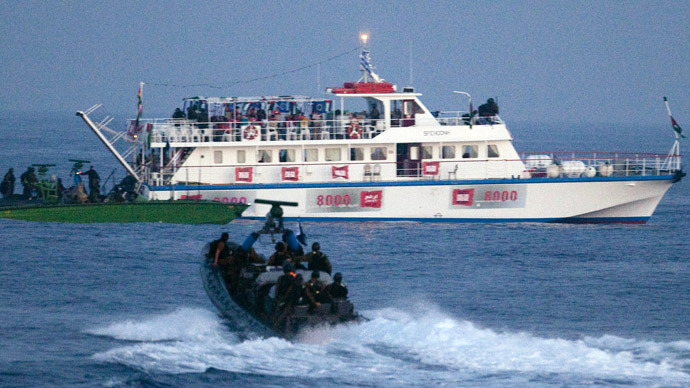About
“Power Projection, Deterrence Strategies, and Escalation Dynamics in an Era of Challenging Near Peers, Rogue States, and Terrorist and Insurgent Organizations”[1]
Aim of Project
To include near crisis to understand the complete escalation cycle from dispute to crisis to war, and to examine when power projection and deterrence strategies can contain escalation across the different stages of crises, and across diverse challengers including near peers, rogue states, and terrorist and insurgent organizations.
Why do some near-crises escalate to crises and others defuse? How can policy makers in Washington DC and beyond manage the risk of escalation? And how can the United States and its allies predict when a crisis could—or will—occur? In a new research initiative, a multi-university team advance the concept of ‘near crisis.’ A perceived threat to basic values and finite time to respond, though no large-scale military hostilities for the moment, means the dispute has not yet tipped into full-blown crisis. At a time when the United States and its allies are faced with Russia’s unprovoked invasion of Ukraine, an increasingly aggressive China, and North Korea’s launch of missiles over Japan, these researchers provide new tools and insights to help policymakers identify and de-escalate potential flashpoints around the global. By studying the crises of the past, this research team identifies potential crises and paints a broader picture of the full escalation cycle.
Countries/Areas Examined
The project is global in scope. States and home bases of Violent Non-State Actors
(VNSAs) included in the dataset are Russia, US, UK, China, India, Iran, Afghanistan,
Japan, Israel, Lebanon, Cambodia, East Timor, Papau new Guinea, Thailand, France,
Australia, Spain, Ireland, Northern Ireland, Norway, Canada, Taiwan, Georgia, Cameroon,
Nigeria, Pakistan, North Korea, South Korea, Argentina, Brazil, Chile, Chad, Peru,
Colombia Venezuela, Ecuador and Turkey. In addition to these states, we are also conducting
a more targeted search for potential crises on continents that may be underrepresented,
such as Africa and Asia.

2010 Gaza Flotilla Raid
Summary of Project
We introduce the concept of near crisis, which precede most crises and wars, to better understand the complete escalation cycle. Near crises entail:
- perception of threats to vital interests
- perception of shortened time-horizons, though the probability of military hostilities is tempered, for the moment
The perception of heightened probability of military hostilities will escalate the near crisis to a full-blown crisis. The role of Violent Non-State Actors (VNSAs) is also incorporated in the analysis of escalation processes because many interstate crises have origins in intrastate and transnational political violence.
A principal reason for the incomplete understanding of why some crises escalate is a lack of data on periods prior to crisis onset. To obtain a more complete picture of escalation, a dataset and case-studies are collected on near-crises so we can compare situations that:
- have been on the “knife’s edge” and tipped toward crisis to
- those instances that shifted away from crisis and did not escalate
Different tools are available to Washington to de-escalate a near-crisis and a crisis. We analyze cases on a day-to-day level to identify the actions of each state in the crisis. The final product generates a broad move-based framework of action-reaction including the use of diplomacy, cyber-attack, threats of conventional war, and economic or diplomatic sanctions. Doing so will become the basis for publicly-available real-time forecasts of at-risk periods.
Anticipated Outcomes of Research
- Collect, manage, evaluate data-set (1995-2015) on near-crisis.
- Provide early warning of crisis and tipping points leading to crisis.
- Provide causal triggers of crisis.
- Collect move-by-move data to forecast near-crises.
- Identify best power projection and deterrence practices to neutralize challengers
to US/allies and prevent escalation.
Potential Impact on Defense Capabilities
The 2015 National Military Strategy (NMS) emphasized the dangers of rapid crisis emergence and escalation and the need for early warning of such processes. The 2018 National Defense Strategy (NDS) calls for a “competitive mindset” that will enable the Joint Force and its inter-agency partners to “out-think” and “out-maneuver” revisionist powers, rogue regimes, and violent non-state actors.
The NDS places a premium on deterrence, and if deterrence fails, it demands the ability to dominate any adversary in any crisis situation. Our research will help analysts, policymakers, and the business community better anticipate the conditions that increase the likelihood of crisis emergence and escalation, thus enabling a more rapid response to potentially dangerous situations. It will also provide insight into the strategies that might be more successful as policymakers work to shape the strategic environment and deter conflict.
NATO leaders unveiled a new Strategic Concept during the Madrid Summit in June 2022, the first update to this important document since 2010. One important update is a new focus on “crisis prevention and management,” rather than simply “crisis management.” In an era of proliferating and increasingly complex threats, crisis prevention is more important than ever. However, the concept of “crisis” is woefully underdeveloped in NATO documents. The concept of near crisis offers practitioners at the strategic and operational levels a framework for early warning and enhanced opportunities to initiate policy steps that could manage potential dangers before full crises emerge.
Sponsors and Collaborators








